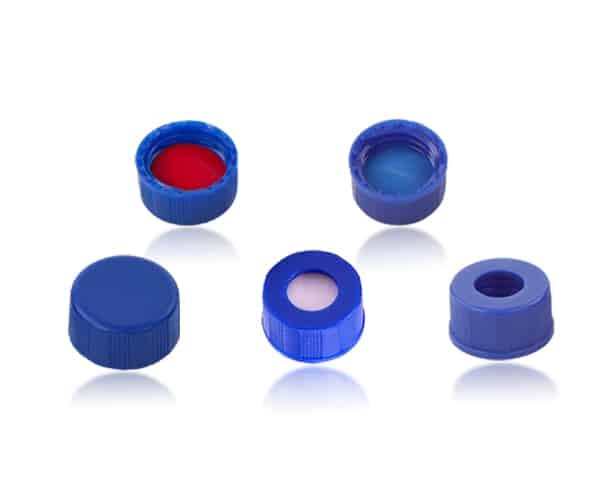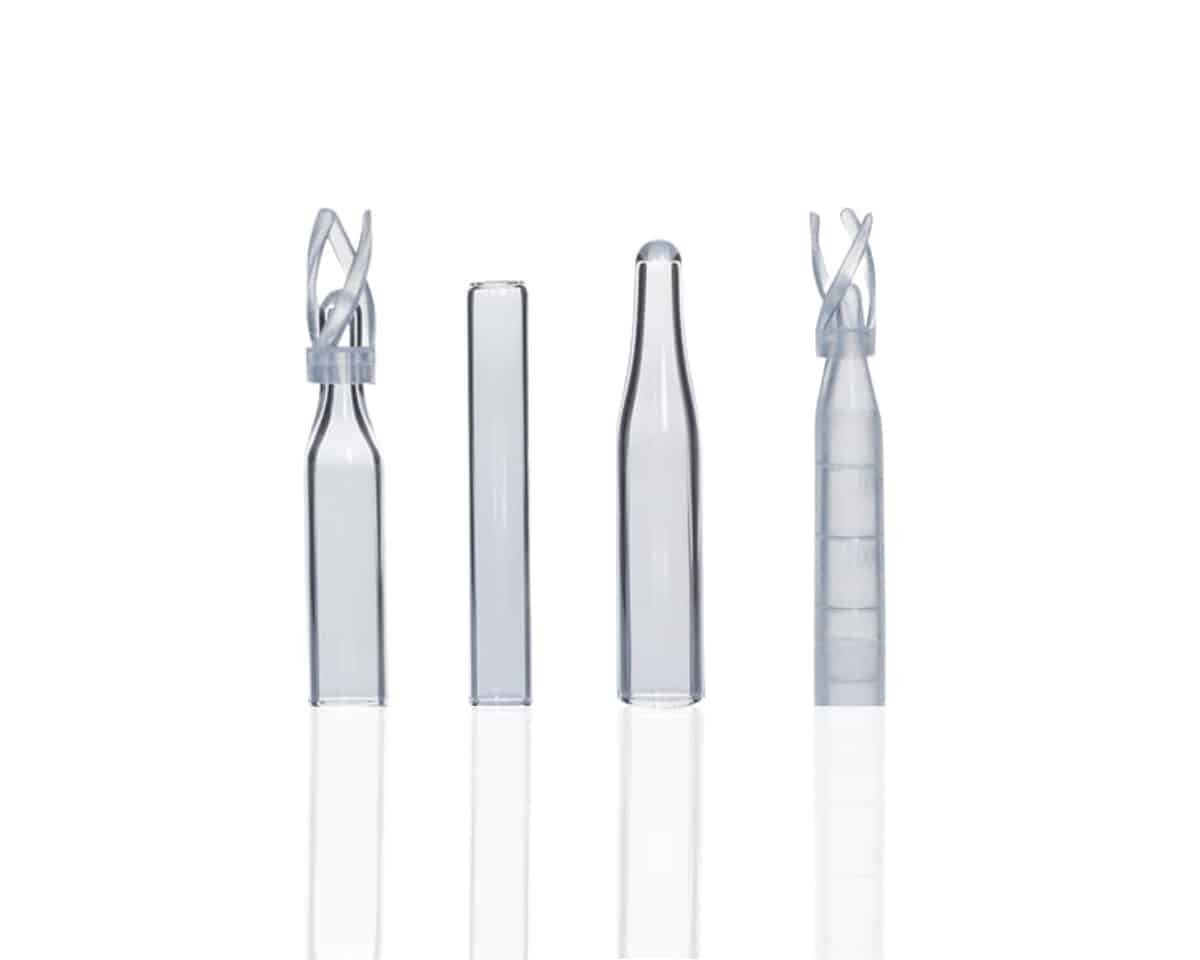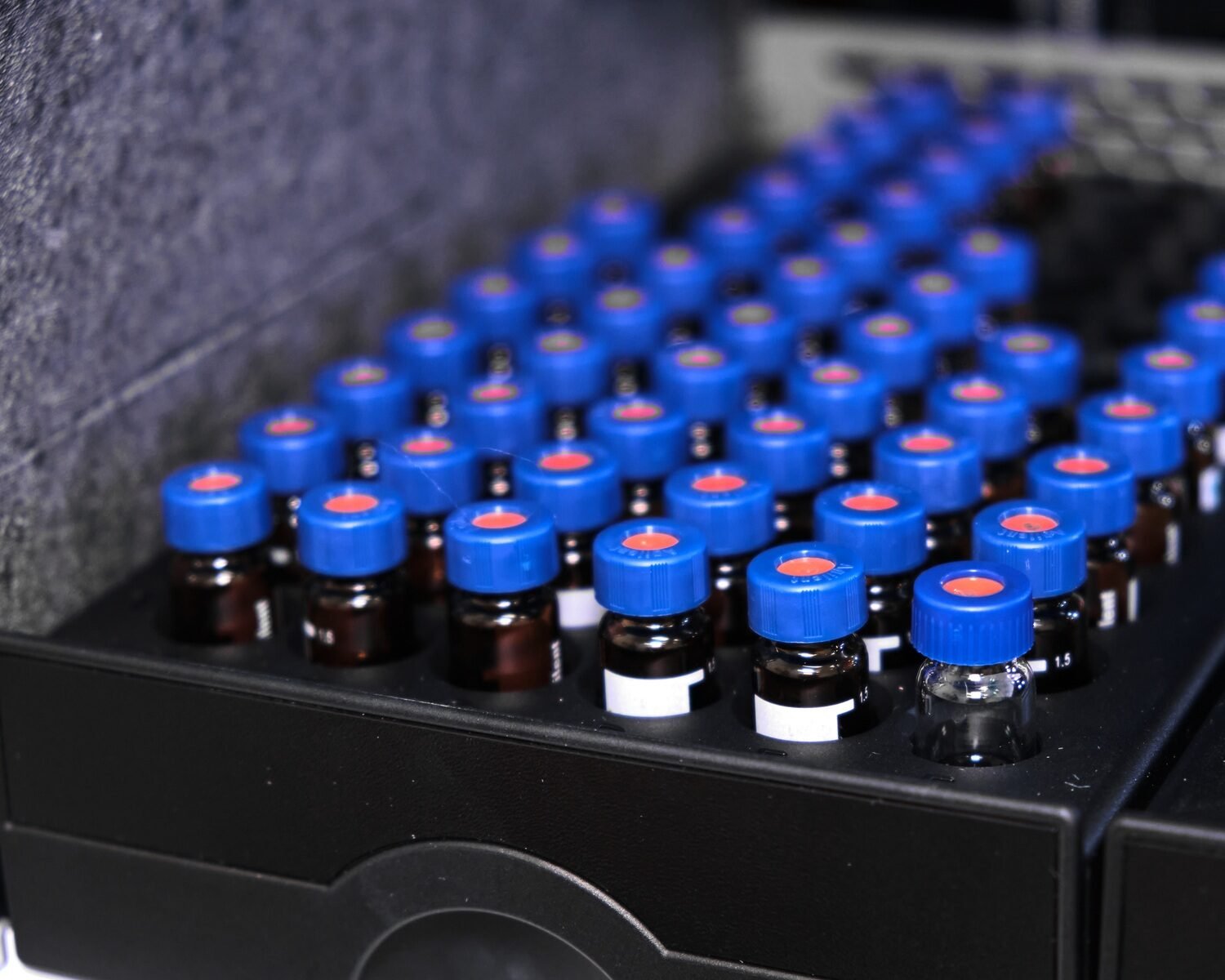Introduction: The Essential Role of Chromatography in Pharmaceutical Quality Control
Hey, have you ever wondered how we can be so confident that the medications we take are safe and effective? From over-the-counter painkillers to life-saving cancer treatments, there’s one unsung hero in the pharmaceutical industry that makes this all possible: chromatography. Now, you might be thinking, “That’s a big word, what does it really mean?” Well, chromatography is a technique used to separate and analyze the components of a substance, and in the world of pharmaceuticals, it plays an absolutely crucial role in ensuring drug quality and safety.
When it comes to drug development and testing, we rely heavily on this technique to check for impurities, verify the active ingredients, and ensure the potency of a drug. Without chromatography, it would be incredibly difficult, if not impossible, to guarantee that the drug you’re taking is both safe and effective.
Let me ask you—have you ever thought about how this happens in the background of pharmaceutical production? Isn’t it amazing to think that something like chromatography is helping keep us safe? Let’s dive into this fascinating world of pharmaceutical analysis and see how chromatography ensures the drugs we rely on are of the highest quality.
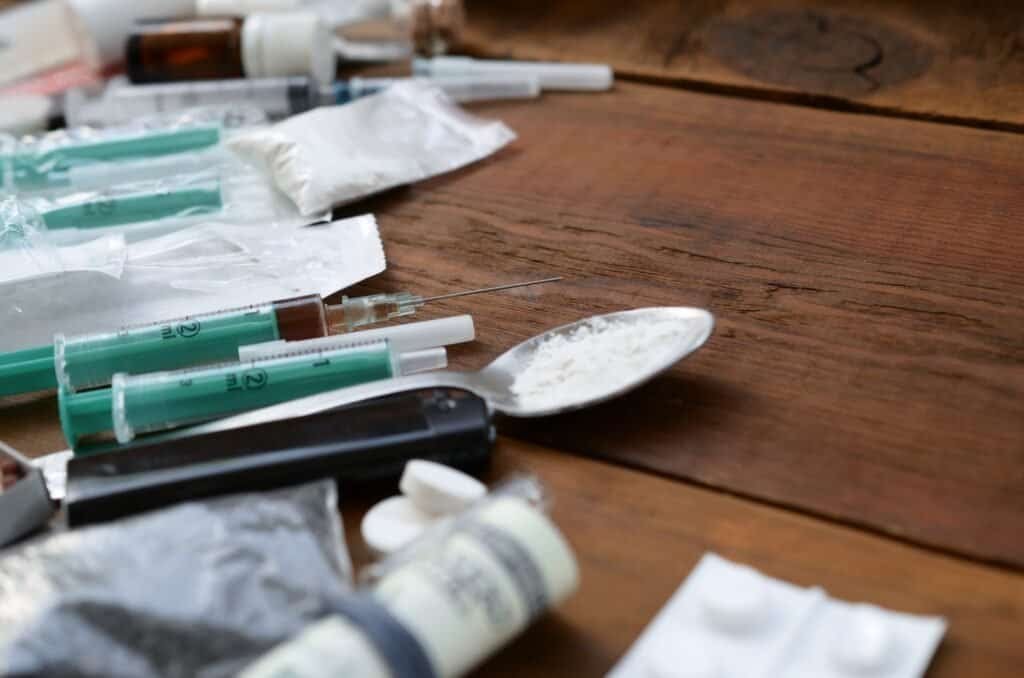
Chromatography in Drug Development: Ensuring Pure and Potent Medications
Active Pharmaceutical Ingredients (APIs): The Heart of the Drug
In drug development, Active Pharmaceutical Ingredients (APIs) are what actually provide therapeutic effects. Whether it’s relieving pain, lowering blood pressure, or treating cancer, the API is the core ingredient responsible for the drug’s action. But how do we know the API is present in the right amount? That’s where chromatography shines. Using techniques like High-Performance Liquid Chromatography (HPLC), scientists can precisely measure and verify the purity of APIs.
HPLC works by separating the individual compounds in a sample, allowing researchers to see exactly how much of the API is present and ensure it meets the required specifications. Imagine if there was a mix-up during manufacturing and the API concentration was off by even a small amount—there could be serious consequences. Chromatography helps avoid this by providing detailed data on the drug’s composition, ensuring that it will work as intended.
So, do you see how crucial this is in drug development? Without chromatography, we wouldn’t be able to guarantee that the API is both pure and effective.
Impurity Profiling: Catching the Unwanted Compounds
But what about impurities? Well, impurities can often be present in drug samples—sometimes because of the manufacturing process, sometimes due to degradation over time. It’s impossible to predict all the ways in which impurities might sneak in, but chromatography gives us a tool to detect even trace amounts of these contaminants.
Gas Chromatography (GC) and HPLC are both commonly used to identify and quantify these impurities. By isolating individual compounds, scientists can identify the nature of the impurity and determine whether it poses any risk to the patient. If a harmful impurity is detected, adjustments can be made in the formulation process to remove it. Without this step, there’s a risk that a drug could be contaminated with harmful substances that could cause side effects or even be toxic. Pretty scary, right?
What do you think? Do you agree that impurity testing should be a non-negotiable part of drug development?
Regulatory Considerations: Compliance with FDA, EMA, and ISO Standards

When it comes to ensuring drug safety, regulatory agencies like the FDA and EMA set high standards that pharmaceutical companies must meet. The role of chromatography in meeting these standards can’t be overstated.
FDA Guidelines: Ensuring Drugs Are Safe and Effective
In the United States, the Food and Drug Administration (FDA) is responsible for approving drugs and ensuring that they are safe for public use. For any pharmaceutical product to reach the market, it must undergo rigorous testing, and chromatography is a key player in that testing. The FDA’s guidelines specify that all drug products must meet strict purity standards, and chromatographic methods are often used to measure both active ingredient concentration and impurities.
For example, HPLC is regularly used in stability testing, where drugs are stored under different conditions to see how their active ingredients break down over time. If the active ingredient doesn’t remain stable, the drug could lose effectiveness, and in some cases, could even become dangerous. So, the FDA uses chromatography to ensure that drugs maintain their potency throughout their shelf life.
EMA Regulations: Keeping Drugs Safe in Europe
Similarly, the European Medicines Agency (EMA) plays a key role in regulating pharmaceutical drugs across Europe. Just like the FDA, the EMA requires that pharmaceutical companies use chromatography to test their products for impurities, potency, and stability before they can be approved. These standards are in place to ensure that drugs entering the European market are safe, effective, and of high quality.
By following the EMA’s stringent requirements, pharmaceutical companies use chromatography to ensure that their products meet European Union standards for quality control.
ISO Standards: Global Quality Control
Another regulatory framework that pharmaceutical companies must follow is ISO (International Organization for Standardization). ISO sets global standards for various industries, including pharmaceuticals, and ensures that drugs are consistently tested and manufactured according to the same high standards. This includes using chromatography to ensure drug quality across all batches produced.
So, when you think about it, regulatory bodies across the world are using chromatography to protect your health. Isn’t it reassuring to know that so many systems are in place to ensure the drugs we take are safe?
Quality Control: How Chromatography Keeps Pharmaceutical Production Consistent
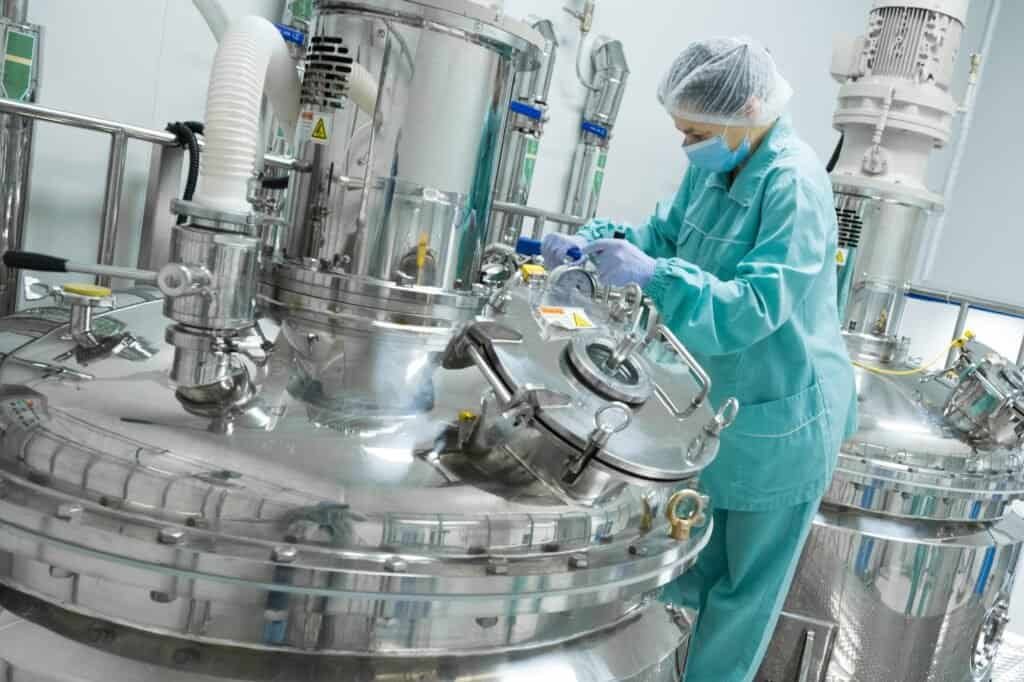
Routine Analysis in Batch Production: Consistency is Key
Quality control doesn’t stop once a drug has been developed—it continues throughout production. When pharmaceutical companies produce large batches of a drug, it’s essential to make sure every batch meets the same high standards. And chromatography is key to ensuring this.
During routine analysis in batch production, HPLC is often used to measure the purity and potency of each batch. This ensures that every pill or injection has the correct amount of active ingredient and that it is free from harmful contaminants. If any discrepancies arise, the production process can be halted and corrected, preventing faulty or unsafe drugs from reaching the market.
Stability Testing: How Chromatography Keeps Drugs Effective Over Time
Ever wonder how drugs maintain their effectiveness even months or years after they’re produced? Well, stability testing is essential for determining how long a drug remains potent and safe to use. And once again, chromatography plays a crucial role.
By storing drugs in controlled conditions and periodically testing them using chromatography, pharmaceutical companies can determine if the active ingredients degrade over time. This testing is vital for determining the shelf life of a drug, so consumers can trust that the medication they buy will work as intended right up until its expiration date.
Conclusion: Ensuring Drug Safety with Chromatography
In conclusion, chromatography isn’t just a lab technique—it’s a cornerstone of the pharmaceutical industry’s ability to deliver safe, effective, and high-quality drugs to the market. From the early stages of drug development, where it ensures the purity of APIs and detects impurities, to regulatory testing and quality control in production, chromatography is there every step of the way. Thanks to this technique, we can trust that the drugs we take are exactly what they say they are, free from harmful impurities, and stable over time.
FAQs
1. What types of chromatography are used in pharmaceutical testing?
The most common chromatographic techniques used in pharmaceutical testing include HPLC, Gas Chromatography (GC), and Ultra-High Performance Liquid Chromatography (UHPLC).
2. How does chromatography ensure drug purity?
Chromatography separates the individual components of a drug sample, allowing scientists to measure the concentration of the active ingredients and detect any impurities at trace levels.
3. What are the main regulatory bodies overseeing pharmaceutical quality control?
The FDA, EMA, and ISO are the primary regulatory bodies overseeing pharmaceutical testing and quality control worldwide.
4. How does chromatography help in stability testing?
Chromatography is used to analyze how the active ingredients in a drug break down over time, ensuring that the drug remains effective and safe throughout its shelf life.
5. Why is chromatography so important in drug development?
Chromatography helps ensure that the drug has the correct formulation, the right amount of active ingredient, and is free from harmful impurities before it reaches the market.
In writing this article, I referred to authoritative resources, such as the FDA’s guidelines on pharmaceutical testing, EMA’s pharmaceutical testing regulations, and ISO standards for pharmaceutical quality control. These sources provided crucial insights into how chromatography is used in the pharmaceutical industry to ensure drug safety, quality, and efficacy.
In addition, I also consulted Chromatography Today’s articles on drug quality control to better understand the specific applications of chromatography in drug analysis and development.
By incorporating these references, I was able to paint a comprehensive picture of the role of chromatography in pharmaceutical analysis and quality control, from development to regulatory testing.




